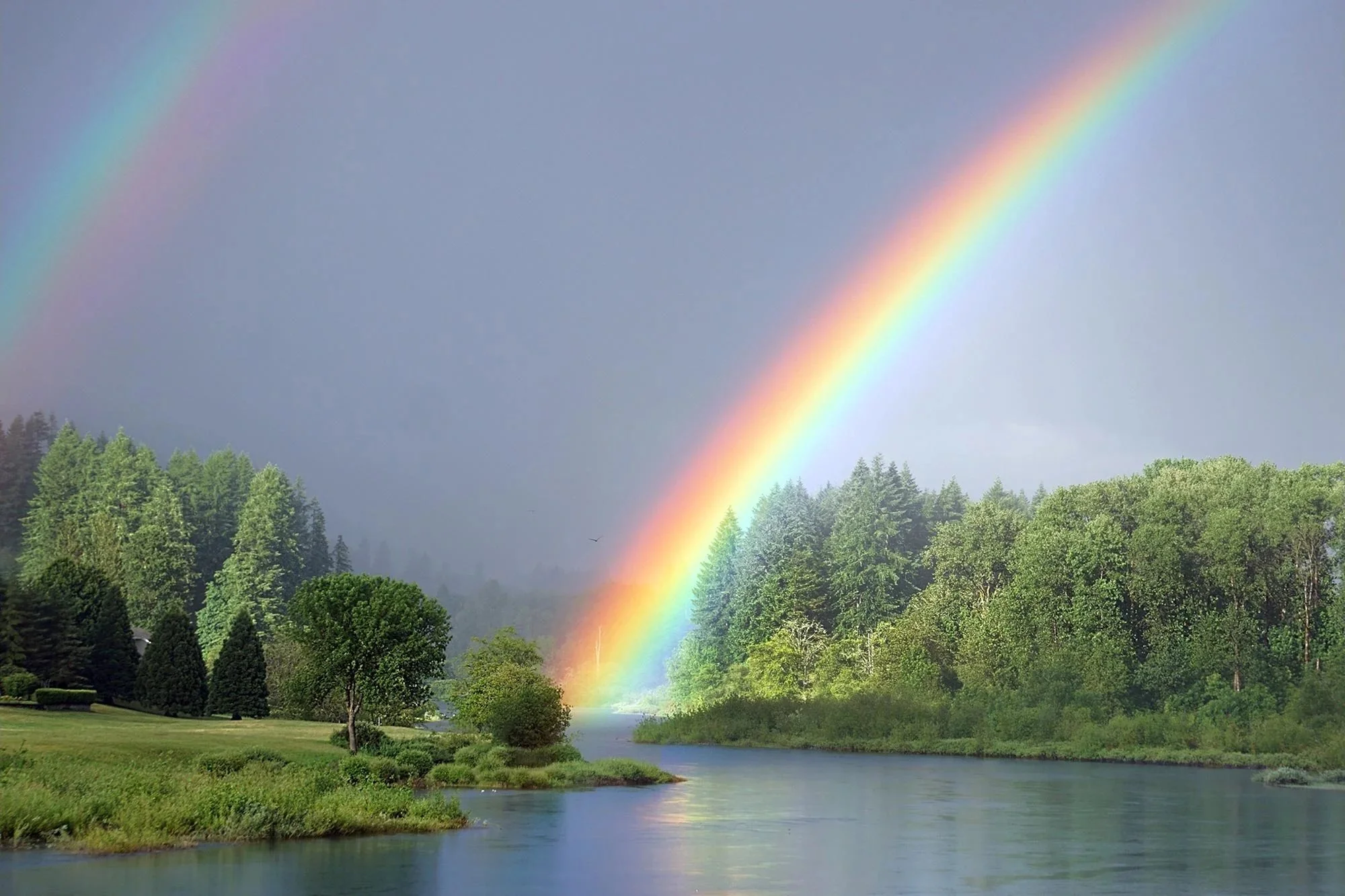Cushman: Praying with Icons
Guest Writer Susan Cushman
“I have chosen icons because they are created for the sole purpose of offering access, through the gate of the visible, to the mystery of the invisible. Icons are painted to lead us into the inner room of prayer and bring us close to the heart of God.”—Henri Nouwen in Behold the Beauty of the Lord: Praying with Icons (Ave Maria Press, 1987).
In the 1980s, Henri Nouwen spent four years at a spiritual retreat in France. Each year, someone placed an icon in the room where he would be staying. At the end of these visits, he wrote a book about his experiences with these icons, titled Behold the Beauty of the Lord: Praying with Icons. He gazed at these four icons for hours at a time, and, after patient, prayerful stillness on his part, they began to speak to him. As a man who loved the art of Michelangelo, Rembrandt, and Marc Chagall, he could have chosen any of these Western treasures for his meditations. But he chose icons.
When I became an Orthodox Christian, I embraced icons as “windows to heaven,” and have prayed before them for many years. As an iconographer, I have written many icons—some commissioned, some as gifts, and some that I have kept in our home—and found the process similar to a prolonged prayer. These images of Christ, the Mother of God, and various saints and angels draw my heart to God in a way that nothing else does. In addition to the “set” prayers I pray in the morning and evening, sometimes I pray specific prayers to saints depicted in the icons. Here is one to the Mother of God:
“Forasmuch as thou art a well-spring of tenderness, O Theotokos, make us worthy of compassion; Look upon a sinful people; Manifest thy power as ever, for hoping on thee we cry aloud unto thee: Hail! As once did Gabriel, Chief Captain of the Bodiless Powers.”
—St. John of Damascus, quoted in “Icons Will Save the World” in First Things (12/20/2007) by Susan Cushman.
Susan Cushman
Joanna joannaseibert.com




